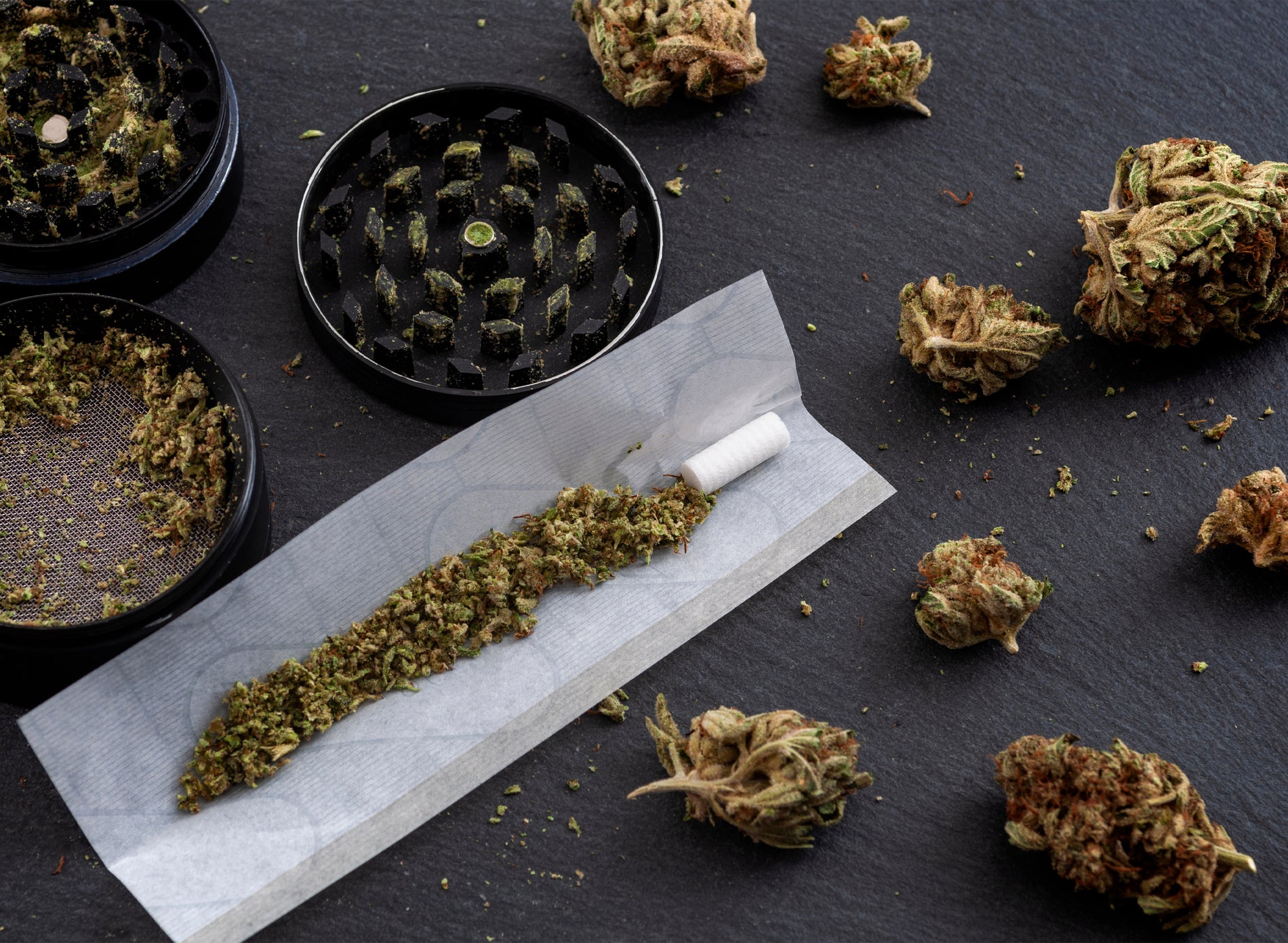Joints are among the most prevalent methods of consuming cannabis because they are simple and very effective. For this reason, quality rolling papers are a necessity for many weed consumers. However, with a sea of joint paper options available in the market, how can you find the best one? The answer lies in understanding the different types of rolling papers and how they are fabricated.
Manufacturers utilize several types of raw materials to make joint papers. Consequently, depending on the materials used in their production, some rolling papers turn out vastly superior to others.
Understanding what rolling papers are made of can help address concerns that new consumers often have. For instance, are all rolling papers tobacco products? Fortunately, this article highlights how these products are created and the materials used to produce them.
What Are Rolling Papers Made Of?
Rolling paper manufacturers utilize a wide variety of materials to create their products. Knowing what goes into making joint papers can help novice smokers pick out the best products.
Unlike what new tokers may think, not all rolling papers are tobacco products. This is why pre-rolls have the upper hand when comparing joints vs blunts. While most blunt wraps contain tobacco, a majority of rolling papers are free of tobacco.
Knowing the materials used by industry-leading brands is essential if your aim is making your own rolling papers. RAW is one of the premier pre-roll brands in the industry that has a massive fanbase. So, what are RAW papers made of?
RAW manufactures rolling papers using organically grown pure hemp that is free of chlorine. RAW papers are also processed using an eco-friendly technique that gives them a light tan shade and makes them burn extra slow.
Materials Used To Produce Rolling Papers
Here’s a look at a few of the most common materials manufacturers use to produce joint papers.
Rice
Rice is one of the first materials used for mass-producing rolling papers. These joint papers are among the lightest in the market. The thin profile allows them to burn slowly and evenly. Rice papers also produce flavorless smoke that doesn’t interfere with the taste of your cannabis. Many weed fanatics consider rice joint papers healthier than other types of rolling papers.
Hemp
Hemp rolling papers have become increasingly popular among tokers in recent years. People who know how to roll a joint can attest that hemp joint papers make their work much more manageable. Furthermore, these products are all-natural. Hence, they don’t contain additives or toxins and produce a slow, even burn.
Wood Pulp
Wood pulp was a prevalent raw material during the early days of rolling papers and is still used by some manufacturers. Joint papers made from wood pulp were relatively easy to use, making them a popular option among smokers.
However, these rolling papers are far from efficient by today’s standards. They burn incredibly quickly and have the biggest carbon footprint of all rolling papers. They also have a harsh taste that masks the cannabis flavors because they are often bleached with chemicals to give them a brighter appearance.
Flax
Flax rolling papers are some of the least harmful joint wraps on the market. These products are as thin as rice papers and are easy to roll. Flax also has less combustion than other materials. As a result, they produce less smoke, allowing consumers to get the most from their herbs. Even so, flax joint wraps have become less popular over the years, with only a few brands using them.
What About Clear Rolling Papers?
Apart from the usual types of rolling paper made from the materials mentioned above, other innovative joint wraps are also available in the market. Clear rolling papers are excellent examples of such. These products are manufactured from 100% biodegradable cellophane made of a specialized form of cellulose film.
The cellophane rolling papers make joints look outstanding as consumers can see through them. They are also more compact, making them burn slower than regular pre-roll wraps. However, these products contain glycerine which releases a carcinogen called Acrolein when burnt.
How Are Rolling Papers Made?
Producing rolling papers involves extracting fibers from hemp, flax, and other plants, which are then pressed and processed into very thin pieces of paper. The fibers are sometimes combined with chemicals like calcium carbonate, potassium nitrate, and chlorine bleach. Manufacturers do this to create flavored rolling papers and influence their color and burn rate. However, many brands are gravitating towards all-natural products to ensure a minimal carbon footprint.
The rolling papers are packed into tiny cardboard packs, usually containing 15 to 100 leaves. Most manufacturers go the extra mile by creating custom rolling papers that are unique to their brand. This helps them to distinguish themselves from other companies and market their products.



















